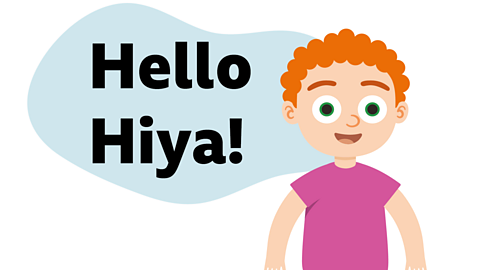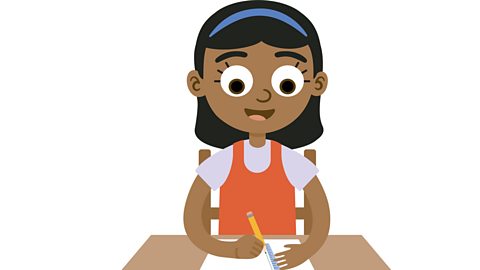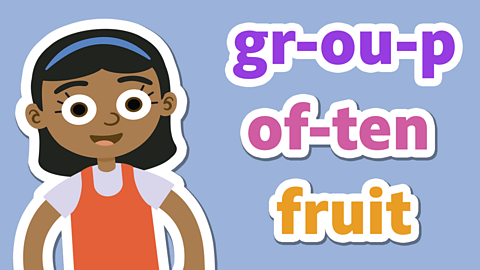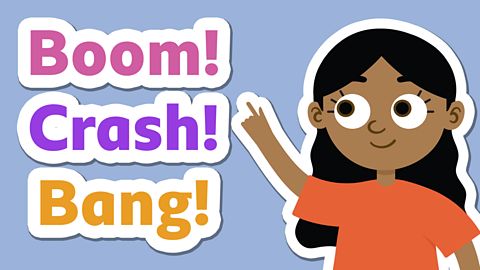What is Standard English and Non-Standard English?

Standard English is the form of English that is taught around the world and understood by all speakers of the language.
It uses correct grammatical rules and can be thought of as the formal, official, or polite way of speaking or writing.
Non-standard English is the informal version of the language, which can change depending on where it is being spoken.
It contains lots of slang (very informal versions of standard words), which can be particular to a certain area or group of people, so may not be used or understood by everyone.

Watch: The difference between Standard and Non-Standard English
Watch this video in which teacher Mr Smith explains more about the difference between standard and non-standard English and how we use them in our day-to-day lives. Have a go at answering Mr Smith's questions as you watch!
What's the difference between standard and non-standard English? Watch this Teacher Talk to find out more.
Using Standard and Non-Standard English
Standard English is used in formal settings, for example when we talk or write to people we don’t know well, such as doctors or head teachers. We do this to show them respect or to make a good impression.
We use non-standard English in informal settings, when we are more relaxed and with people we know well, such as family or friends.
Look at the table below to see two versions of the same message in standard and non-standard English, and compare the different features they have.
| Standard English | Non-standard English |
|---|---|
| "Good morning. How are you? I'm pleased to meet you." | "Hey! Alright?" |
| Formal language, correct grammar and full sentences | Very informal language, less use of grammar and not full sentences |

Top tip!
Think about the different people you might speak to during the week.
How do you behave when you're around them?
Does this affect how you speak and the words you use?

Watch: Formal and informal language

We all use a mixture of formal and informal language in our daily lives and often swap between the two without realising it!
Watch this next video to learn more about using formal and informal language for different settings, and how they affect how we talk to other people.

When should we use formal and informal language? Watch this video to learn how to get the right tone in how you speak.
Using different forms of English in writing

Different forms of English are used in writing too.
We often use standard, formal English in things like school work or writing letters.
When writing things like text messages, emails, postcards or letters to friends and family, we are much more likely to use non-standard, informal English.
Look at the table below to see some of the main differences between formal and informal writing.

| Features of standard English in writing | Features of non-standard English in writing |
|---|---|
| Formal or polite style or tone | Informal or friendly tone |
| Standard grammar | Mostly standard grammar but some variations |
| Longer words and phrases | Simpler words and phrases |
| Fewer contracted words, like you're and we'd | Lots of contracted words |
| No slang | Lots of slang |
| Fewer abbreviations | Lots of abbreviations, like asap (as soon as possible) or gonna (going to) |
Activity 1
You need to decide which of the words are written in standard, formal English and which are written in non-standard, informal English.
Click on the activity to begin and then select 'formal' or 'informal' as you work through.
Activity 2
Test what you have learned so far on standard and non-standard English with this quiz!
Click 'Start' to open the quiz.
Activity 3
Mr Smith the teacher has sent a letter home asking parents and carers to make sure pupils are on time for school.
He's written his letter in non-standard English though!
Unfortunately, instead of sounding polite and formal, he sounds very laid-back and informal.
Re-write his letter in standard English so it is appropriate for parents and carers to read.
Click on the image to the right to open the letter.


Top tip!
- Read Mr Smith's letter out loud first, to make sense of it - some of the words in the letter look quite different to their standard, formal equivalents, so might seem tricky at first!

You can check your answer in this .
Play our fun English game Crystal Explorers. gamePlay our fun English game Crystal Explorers
Use grammar, punctuation and spelling skills to explore jungles, caves and tombs on your mission!

More on Language
Find out more by working through a topic
- count1 of 9

- count2 of 9

- count3 of 9

- count4 of 9
